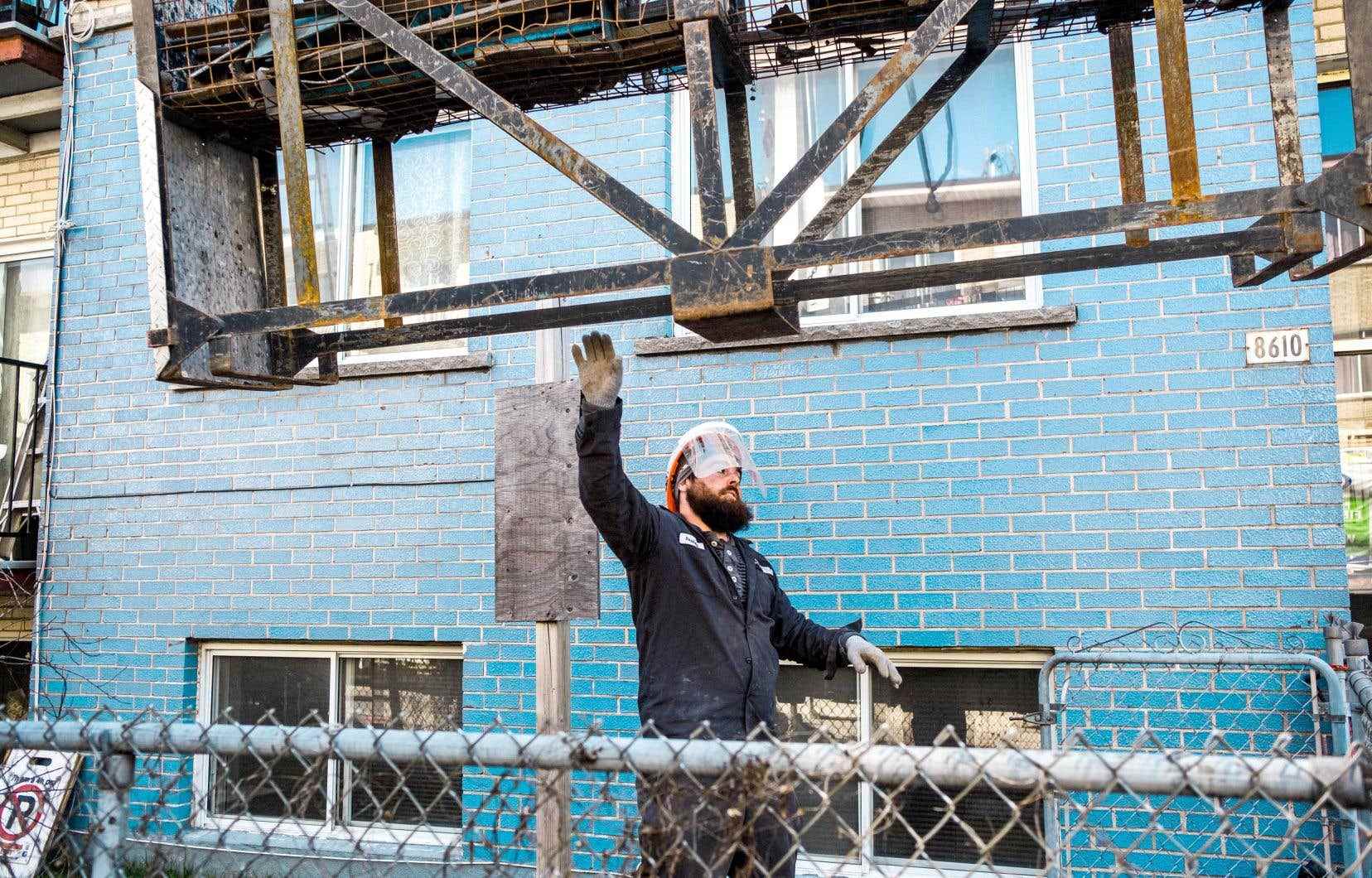This text is part of the special Real Estate section
By mastering ancestral know-how and by their local roots, fine crafts are in line with the values of eco-responsibility, according to the Conseil des métiers d’art du Québec (CMAQ). From masonry to carpentry, including ironwork, the sustainable techniques and processes of these craftsmen are assets of choice in renovation projects for old buildings.
It took time for our ancestors to build solid buildings that span the ages. It is also necessary for craftsmen to renovate them as they should, thanks to their mastery of their ancestral know-how. In the face of obsolescence, they use proven models from the past to shape the future. This is what Marc Douesnard, Chairman of the CMAQ Board of Directors, likes to call “planned sustainability”.
“It’s a job that involves an investment of time and money, but that will last,” he says. Believing that we are going to reinvent the wheel can be synonymous with error, especially when we see certain structures that no longer hold up after ten years. Several dimensions of the crafts of glassmaking, carpentry, masonry or even sculpture coincide with the values of sustainability and eco-responsibility, according to the art blacksmith.
Firstly, by their manual aspect, they resist more energy-intensive mechanization of processes. Often very small in size, fine craft businesses are dedicated to making items in limited quantities, custom-made and on demand. “It’s a counterpart to mass production, with local roots, without intermediaries,” he continues. Calling on a network of artisans in one’s city, that is to say a local market, also establishes a relationship of trust and improves the quality of life in the community. »
Many studies also show that renovating an old building, rather than building a new one, significantly reduces GHG emissions into the atmosphere. Restoring a house is more labour-intensive than destroying a a house to rebuild new, but less expensive in materials, according to the Friends and owners of old houses of Quebec (APMAQ). “It is an advantageous economic solution, not to mention that this gesture is part of the objective of sustainable development”, can be read on the organization’s website.
Renovation and eco-responsibility
For Marc Douesnard, the eco-responsibility of craftsmen on construction sites also translates into questioning the GHG emissions generated by the manufacture and transport of materials. “The idea is to look, as much as possible, for what is available locally,” he says. We also look at embodied energies, that is to say the energy expenditure necessary to extract the raw materials, transform them, manufacture the product, distribute it and recycle it at the end of its life. »
Sustainable renovation implies a choice of “green” processes. For example, lime is an attractive wall covering solution compared to mineral wool. It promotes the evacuation and regulation of humidity, and is an excellent sound and heat insulator. Above all, it is resistant and adapts to the movements of the frame.
Artisans shape the urban landscapes that hold our culture together. Training the next generation in crafts is therefore fundamental, according to the CMAQ, which launched, with the Cégep du Vieux Montréal, in 2021, the Attestation of Collegial Studies (AEC) program. Crafts of the patribuilt monkwith a view to transmitting knowledge and sustainability.
This special content was produced by the Special Publications team of the To have to, pertaining to marketing. The drafting of To have to did not take part.
